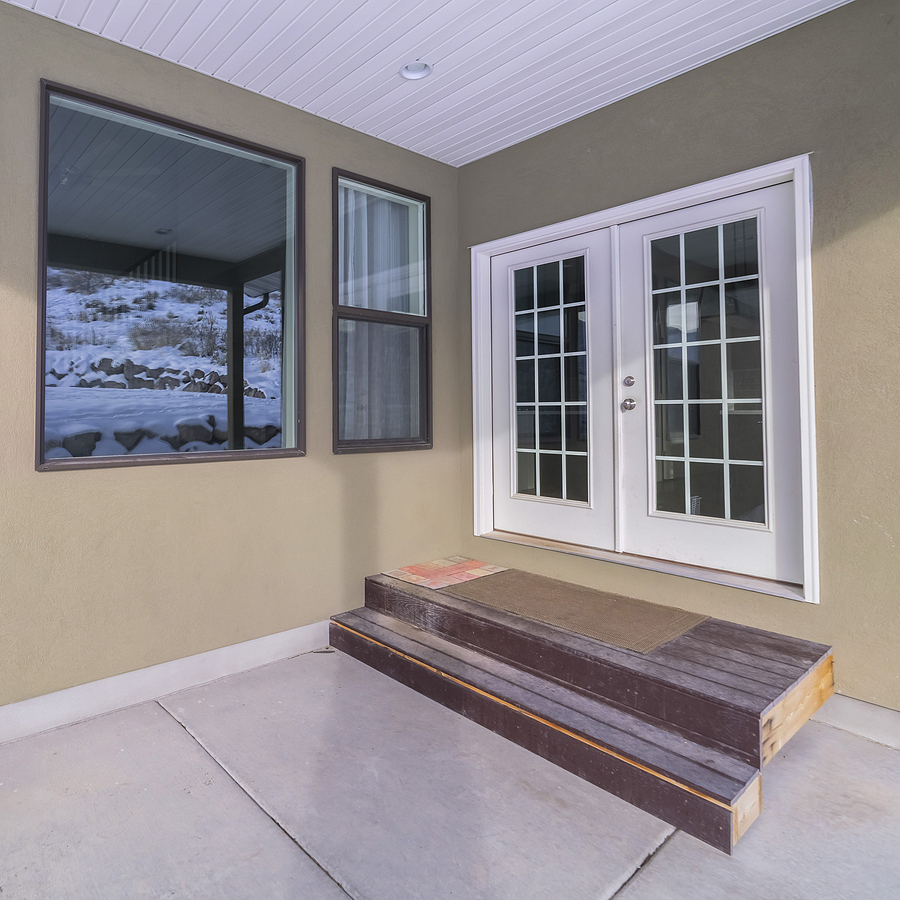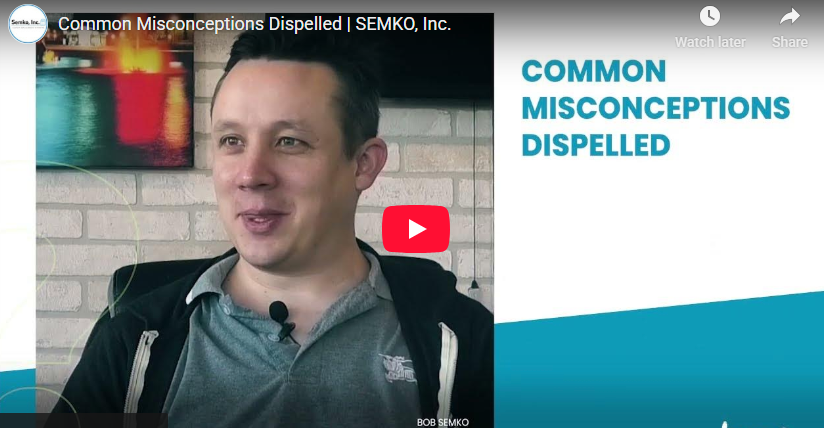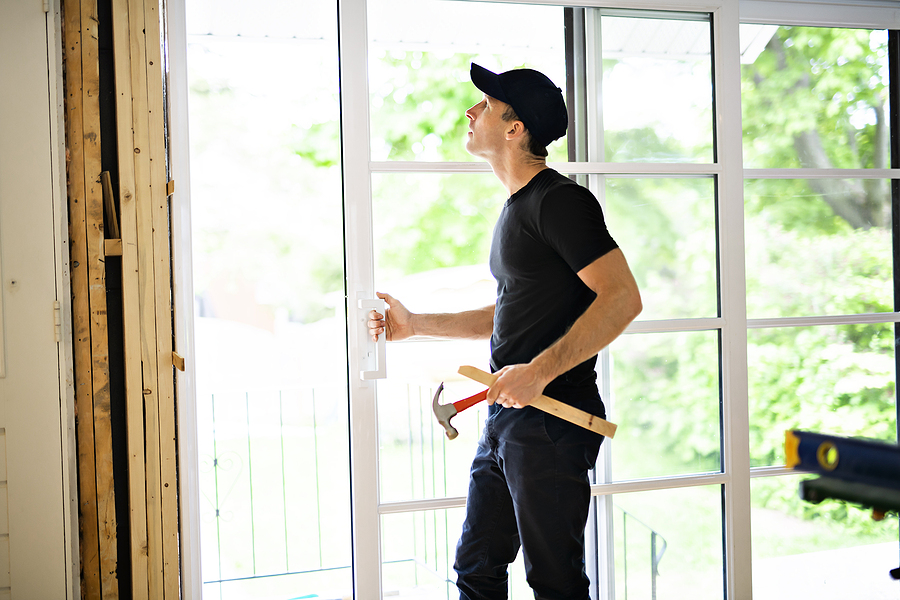When temperatures plunge, patio doors can turn from picture windows into foggy mirrors. That haze isn’t just annoying,it signals that the glass surface has dropped below the indoor air’s dew point. In cold-climate homes, the fix isn’t a towel; it’s a better glass system. Modern patio doors with anti-fog technology combine smarter coatings, warmer edge seals, and high-performance insulating glass to keep sightlines clear and rooms comfortable when winter bears down.
Here’s how it works, what to look for, and why upgrading the glass in your patio door often outperforms quick fixes.
Why Glass Fogs
Surface fog forms when warm, humid indoor air meets a colder pane and condenses as tiny droplets. Energy programs explain the physics simply: if the interior glass temperature falls below the indoor dew point, condensation forms, no matter how new the door is. Certified, energy-efficient glazing resists condensation better because it holds a higher interior surface temperature, but even good units can fog if humidity runs high or the glass edge runs cold.
Because condensation is about temperatures and humidity, preventing fog is really about keeping the room-side glass surface warmer and, secondarily, managing household moisture. Federal guides for windows emphasize choosing low-U-factor glass for cold regions to retain heat and keep interior glass warmer, exactly the condition that discourages fog.
What “Anti-Fog Technology” Means for Patio Doors
There are two complementary approaches. The first is materials science: ultra-thin hydrophilic coatings on the interior glass surface that spread moisture into a transparent water film instead of discrete droplets, keeping the view clear even when some condensation occurs in patio doors with anti-fog technology. This is the same principle long used on eyewear and visors to fight fogging.
The second approach is thermal engineering: design the insulating glass unit (IGU) so the room-side surface rarely reaches the dew point. That’s where modern low-emissivity (low-e) “surface-4” coatings, argon fill, triple-pane configurations, and warm-edge spacers come in.
The Unsung Hero: Warm-Edge Spacers
Even high-end patio doors can fog along the bottom or edges because traditional aluminum spacers conduct heat out of the glass perimeter. “Warm-edge” spacers use low-conductivity materials to boost edge-of-glass temperatures. Research from national labs and university centers has repeatedly shown that swapping to warm-edge spacers improves condensation performance at the perimeter, often the first place winter fog appears. If your door clouds at the edges first, your spacer may be the culprit.
Reading Labels
When you upgrade glazing, don’t shop on brand slogans; look for measurable performance. For cold regions, a low U-factor indicates better insulation and higher interior glass temperatures. In addition, the National Fenestration Rating Council (NFRC) provides a Condensation Resistance (CR) metric, higher numbers indicate better resistance to fogging and moisture buildup under standardized conditions. While U-factor and Solar Heat Gain Coefficient are widely known, CR is the sleeper spec to compare if winter clarity is your top concern.
Two-Pane vs. Triple-pane for Anti-fog Patio Doors
Double-pane units with advanced coatings can perform well, but triple-pane glass further warms the room-side surface and quiets drafts near the door. Cold-climate window research from LBNL highlights triple-pane IGUs with low-e layers and inert gas fills as top performers for winter comfort. For large patio doors where you sit or dine nearby, that added surface warmth translates directly to fewer fog events and a more comfortable, less “radiantly cold” feel.
Do Coatings Replace Good Moisture Habits?
No glass upgrade can ignore indoor humidity. Energy-efficiency programs point out that even highly rated glazing can fog if indoor moisture stays elevated. Short showers, kitchen ventilation, and avoiding heavy drapes that trap humid air against glass all help. But the advantage of anti-fog glazing is that it widens your comfort margin, you’ll see clear views at humidity levels that used to fog the door, especially at dawn or during cold snaps.
Ordering Anti-Fog Replacement Glass
Start with the problem you actually experience. If you see uniform hazing during very cold mornings, prioritize a low U-factor with a room-side low-e layer. If your fog halos around the edges or bottom rail, insist on a warm-edge spacer and proper gas fill. And because patio doors endure more handling than fixed windows, confirm the interior coating’s durability and cleaning guidance; surface-4 products like LoĒ-i89 are designed for daily life and standard cleaning methods, an important distinction from older, more delicate interior films.
Next, confirm the unit will carry recognized energy labels for your climate, including NFRC certification with clearly stated U-factor and (if provided) Condensation Resistance. ENERGY STAR’s residential window guidance and NFRC’s consumer materials help you interpret those numbers without guesswork. A reputable glass or door shop will share the exact configuration, coating locations, gas, spacer type, so you know you’re buying a system engineered to stay clear when the thermometer drops.
Installation is Half the Battle
If the frame around your patio door leaks air or the sill is cold and uninsulated, even the best anti-fog glass will struggle. Winter comfort depends on the whole assembly: weatherstripping that seals under light latch pressure, a straight and well-drained threshold, and air-sealed perimeter gaps so frigid air doesn’t wash the glass from behind the trim.
Manufacturers and energy programs alike note that many “window problems” are actually installation and humidity problems. Upgrading the glass is the core move; pairing it with a careful installation locks in the benefit.
What “Clear Winter Views” Feels Like in Practice
Homeowners often notice three changes right away.
First, morning fog events become rare; the glass stays clear through temperature swings that used to cloud it.
Second, the room feels less drafty near the door even when the air is still, because the interior glass is warmer and radiates less cold to your skin.
Third, the perimeter stays clearer, with fewer edge streaks or drip marks that used to appear after a long cold night.
Those are all signs that the replacement IGU, coatings, and spacer are doing what they were designed to do, maintain a warmer, more uniform interior surface.
The Case for Upgrading Now
If you’ve been living with seasonal fog on a beautiful view, technology exists to fix it. Hydrophilic, anti-fog interior coatings keep glass transparent when conditions flirt with the dew point; modern low-e stacks and gas fills hold the surface temperature higher; and warm-edge spacers prevent the edges from turning into condensation magnets. Back that with a clean, airtight installation and sensible humidity control, and your patio door becomes a winter asset rather than a perpetual squeegee job.
Want Clearer Views All Winter?
Semko Inc. replaces and upgrades patio-door glass packages for cold-climate homes, pairing interior anti-fog solutions with low-e coatings, argon or krypton fills, and warm-edge spacers, all installed to preserve your energy ratings. If you’re ready for anti-fog glass patio doors that stay clear when it counts, we’ll help you choose the right specification and install it right.




